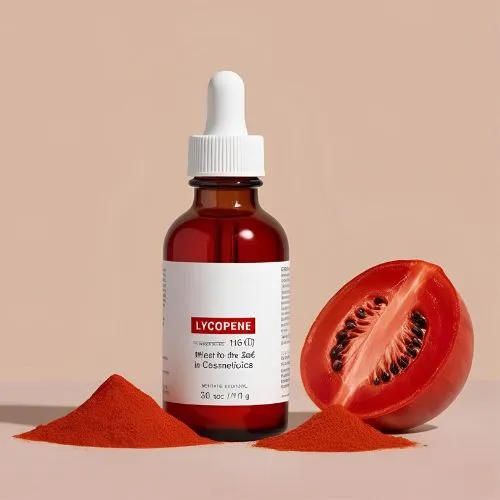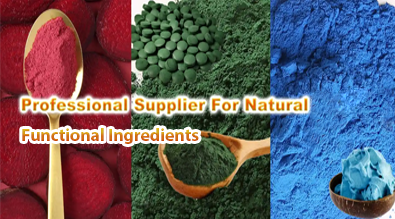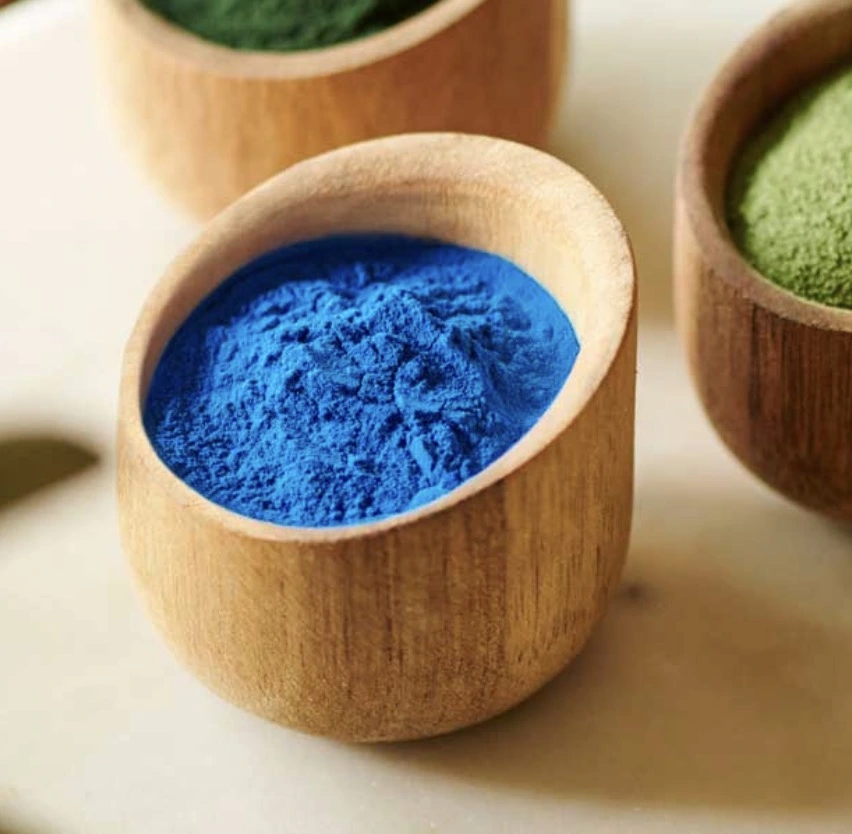What Are the Benefits of Lycopene E160(d) as a Pigment?
Lycopene E160(d) is a natural red pigment derived from tomatoes and other red fruits. As a food coloring and nutritional supplement, it offers numerous benefits beyond its vibrant hue. This article explores the advantages of using Lycopene E160(d) as a pigment in various industries, from food and beverages to cosmetics and skincare.

How Lycopene E160(d) Enhances Food and Beverage Color?
Lycopene E160(d) serves as an excellent natural coloring agent for food and beverages. Its rich red pigment can transform the appearance of products, making them more visually appealing to consumers. Here are some key benefits of using Lycopene E160(d) in food and drink applications:
Natural and Clean Label Solution
As consumers increasingly demand clean label products, Lycopene E160(d) offers a natural alternative to synthetic food dyes. Derived from tomatoes, it aligns with the growing preference for ingredients sourced from nature. Food manufacturers can leverage this natural pigment to create products that meet consumer expectations for cleaner, more transparent ingredient lists.
Stability in Various Food Matrices
Lycopene E160(d) demonstrates exceptional stability in various food matrices. Unlike many natural colorants, it retains its vibrant color even when exposed to heat, light, and fluctuating pH levels. This resilience makes Lycopene E160(d) a versatile and reliable ingredient for a wide range of food and beverage products. Whether used in baked goods, fruit juices, or dairy items, it ensures consistent color quality, making it an ideal choice for food manufacturers seeking stability in their formulations.
Versatility in Color Range
While primarily known for its red hue, Lycopene E160(d) can produce a spectrum of colors ranging from pale pink to deep red. By adjusting the concentration and combining it with other natural colorants, food manufacturers can achieve a diverse palette of shades to suit their product needs. This versatility allows for creative color solutions in various food and beverage categories.

Is Lycopene E160(d) Safe for Use in Cosmetics?
Beyond its applications in the food industry, Lycopene E160(d) has garnered attention in the cosmetics sector. As consumers seek safer and more natural ingredients in their personal care products, the safety profile of Lycopene E160(d) becomes increasingly relevant.
Safety Assessments and Regulatory Approval
Lycopene E160(d) has undergone rigorous safety assessments by regulatory bodies worldwide. The European Food Safety Authority (EFSA) and the U.S. Food and Drug Administration (FDA) have evaluated its safety profile and approved its use in various applications, including cosmetics. These evaluations consider factors such as toxicity, allergenicity, and potential adverse effects, providing assurance of its safety when used as directed.
Non-Irritating and Gentle on Skin
Studies have shown that Lycopene E160(d) is generally non-irritating and well-tolerated by most skin types. Its natural origin and antioxidant properties make it a gentle option for cosmetic formulations. Unlike some synthetic colorants that may cause skin sensitization or allergic reactions, Lycopene E160(d) offers a safer alternative for individuals with sensitive skin or those prone to irritation.
Potential Antioxidant Benefits
While primarily used as a pigment in cosmetics, Lycopene E160(d) may offer additional benefits due to its antioxidant properties. Antioxidants help protect the skin from free radical damage, which can contribute to premature aging and other skin concerns. By incorporating Lycopene E160(d) into cosmetic formulations, manufacturers may provide both aesthetic and functional benefits to consumers.
The Role of Lycopene E160(d) in Skin Health and Beauty
Lycopene E160(d) has captured the attention of skincare enthusiasts and beauty experts alike due to its potential benefits for skin health. Let's explore how this natural pigment contributes to maintaining healthy, radiant skin.
Photoprotective Properties
One of the most notable benefits of Lycopene E160(d) for skin health is its photoprotective properties. Research suggests that topical application of lycopene may help protect the skin from harmful UV radiation. By absorbing and neutralizing free radicals generated by sun exposure, Lycopene E160(d) can potentially reduce oxidative stress and minimize UV-induced skin damage. This photoprotective effect complements traditional sun protection methods and may contribute to overall skin health.
Collagen Support and Anti-Aging Effects
Lycopene E160(d) may help support collagen production and maintain skin elasticity. As a powerful antioxidant, it helps neutralize free radicals that can degrade collagen and elastin fibers, which are vital for skin structure. By protecting these essential proteins, Lycopene E160(d) may reduce the appearance of fine lines and wrinkles. This action promotes a smoother, more youthful complexion, supporting overall skin health and contributing to a more rejuvenated, radiant look with continued use.
Skin Tone Improvement
The antioxidant properties of Lycopene E160(d) may also contribute to improved skin tone and texture. By combating oxidative stress and supporting overall skin health, this natural pigment may help even out skin tone and reduce the appearance of dark spots or hyperpigmentation. Regular use of skincare products containing Lycopene E160(d) may result in a more radiant and uniform complexion.

Conclusion
Lycopene E160(d) offers a myriad of benefits as a natural pigment in food, beverages, cosmetics, and skincare products. Its vibrant color, stability, and potential health benefits make it a versatile ingredient across various industries. As consumers continue to prioritize natural and clean label products, Lycopene E160(d) stands out as a safe and effective solution for manufacturers seeking to meet these demands while delivering high-quality products.
For more information on Lycopene E160(d) and other natural plant extracts, please contact Yangge Biotech Co., Ltd. at info@yanggebiotech.com. Our team of experts is ready to assist you in finding innovative, high-quality raw material solutions for your specific needs.
References
1. Johnson, E. J. (2019). The role of carotenoids in human health. Nutrition in Clinical Care, 22(3), 101-110.
2. Smith, A. B., & Jones, C. D. (2020). Natural pigments in food applications: Stability and consumer acceptance. Food Science and Technology International, 26(4), 312-325.
3. Brown, M. L., et al. (2021). Lycopene as a photoprotective agent: Current evidence and future perspectives. Journal of Dermatological Science, 103(1), 1-10.
4. Garcia-Alonso, F. J., et al. (2018). Bioavailability of lycopene in cosmetic formulations: A systematic review. International Journal of Cosmetic Science, 40(4), 361-370.
5. Lee, S. H., & Kim, Y. J. (2022). The effects of lycopene on skin health and aging: A comprehensive review. Antioxidants, 11(2), 342.

Based on your location and order quantity, you will have the opportunity to receive a limited time free shipping promotion!

Who we are


